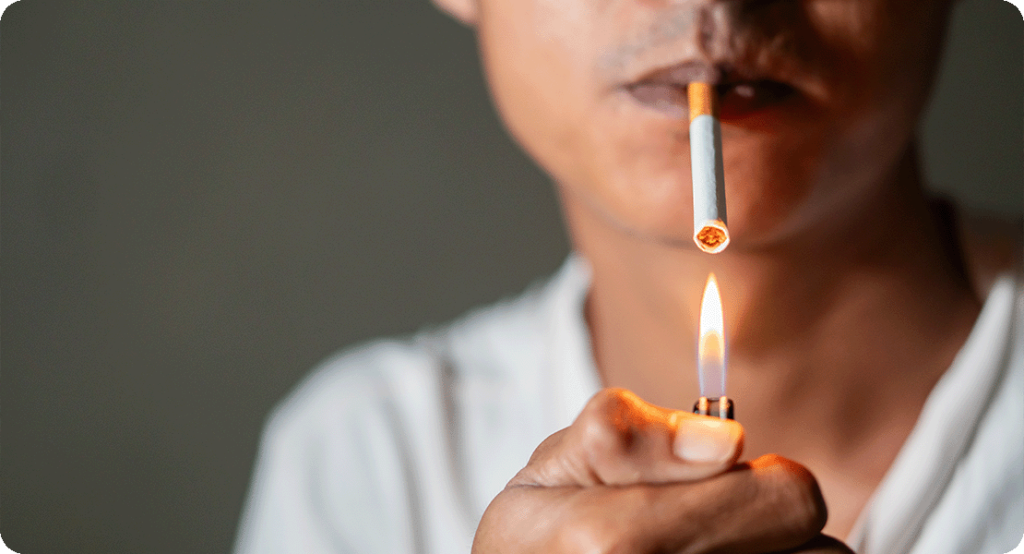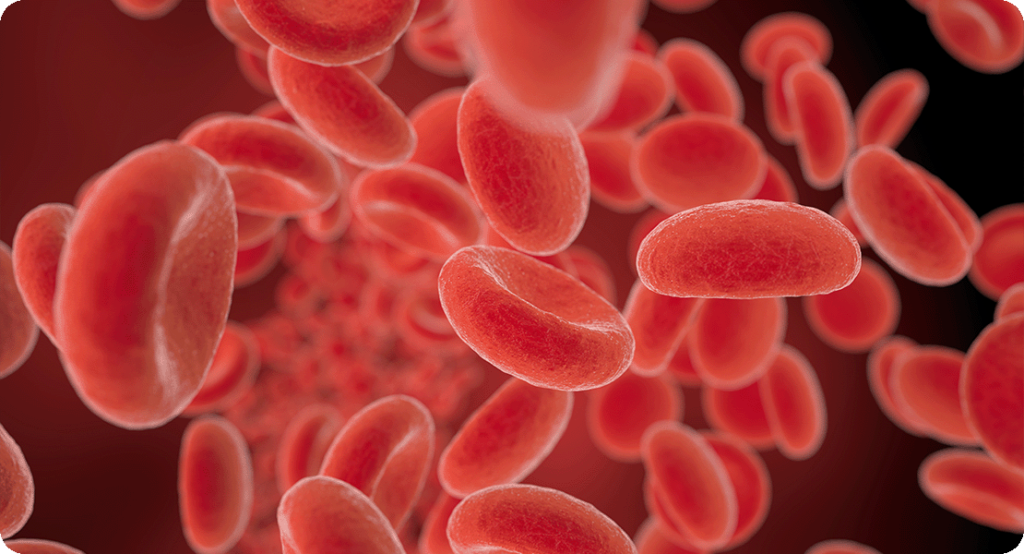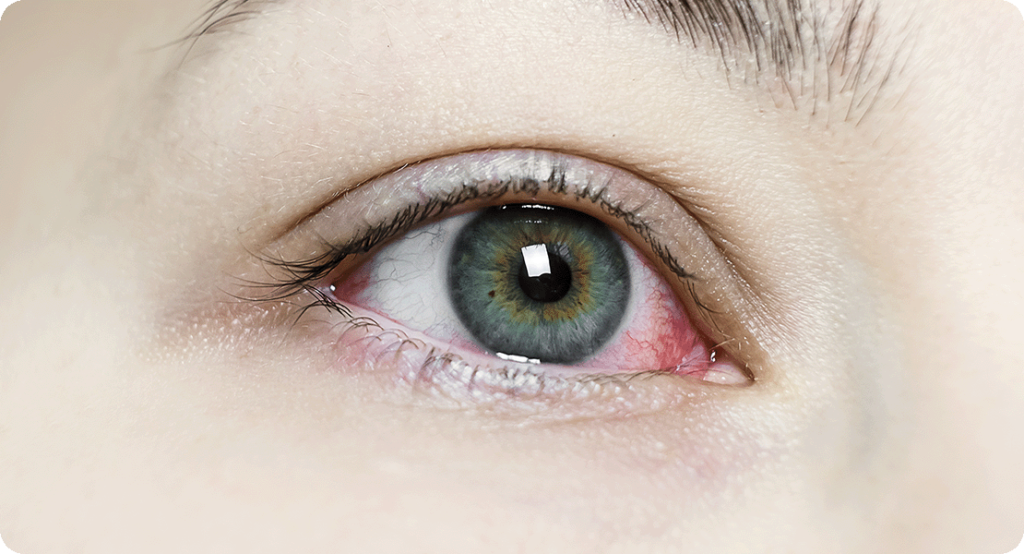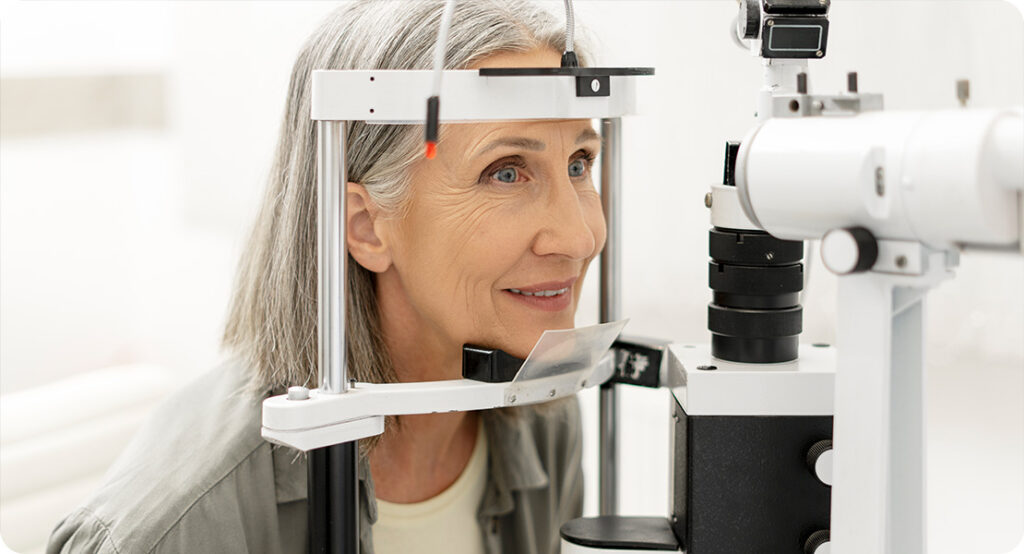Cataracts are a leading cause of vision impairment, with smoking being a major yet often overlooked risk factor. Beyond increasing the likelihood of developing cataracts, smoking also negatively impacts recovery after cataract surgery. This article explores how smoking contributes to cataract formation, its effects on surgical outcomes, and the importance of quitting to ensure a smoother recovery.
What Are Cataracts?
A cataract is the clouding of the eye’s natural lens, which can cause blurred vision, glare sensitivity, and difficulty seeing at night. Cataracts develop gradually, often due to ageing, but lifestyle factors such as smoking can accelerate their onset. Surgery is the only effective treatment, involving the removal of the clouded lens and replacement with an artificial intraocular lens (IOL).
How Smoking Increases the Risk of Cataracts
Cataracts develop when the clear lens of the eye becomes cloudy, leading to gradual vision impairment. While ageing is the primary cause, smoking significantly accelerates this process. Research indicates that smokers are up to three times more likely to develop cataracts than non-smokers. The severity of this risk is directly linked to the duration and intensity of smoking habits—those who smoke more frequently are at a greater risk, and the onset of cataracts can occur much earlier in life compared to non-smokers.
Several mechanisms contribute to how smoking facilitates cataract formation, ranging from oxidative stress and depletion of protective compounds to structural damage in the lens and impaired circulation. Understanding these factors highlights why smoking is a major but preventable contributor to vision loss.

1. Oxidative Stress and Free Radical Damage
One of the most significant ways smoking promotes cataract formation is through oxidative stress. When a person smokes, thousands of harmful chemicals—including nicotine, carbon monoxide, and formaldehyde—are released into the body. These substances produce free radicals, which are unstable molecules that damage healthy cells.
In the eye, free radicals specifically target the proteins and fibres in the lens. Under normal circumstances, the body neutralises free radicals using antioxidants. However, smoking overwhelms this defence system, leading to cumulative damage. Over time, oxidative stress causes proteins in the lens to break down and clump together, forming the cloudy patches characteristic of cataracts.
Moreover, the constant exposure to free radicals weakens the protective cellular membranes in the eye. This makes the lens more susceptible to UV damage, another major risk factor for cataracts. As a result, smokers not only experience a higher incidence of cataracts but also see them progress more aggressively than non-smokers.
2. Depletion of Protective Antioxidants
Antioxidants play a crucial role in maintaining the clarity and function of the eye’s lens. Compounds such as vitamin C, vitamin E, and glutathione are essential for neutralising oxidative damage and preserving the structural integrity of lens proteins. However, smoking significantly depletes these vital antioxidants, leaving the lens vulnerable to damage.
- Vitamin C Depletion: Vitamin C is highly concentrated in the eye and helps maintain lens transparency. Smoking reduces vitamin C levels in the bloodstream, weakening the eye’s natural defence against oxidative stress.
- Glutathione Reduction: Glutathione is one of the most powerful antioxidants found in the eye, protecting lens proteins from damage. Studies show that smokers have lower glutathione levels, which accelerates lens deterioration.
- Interference with Nutrient Absorption: Smoking disrupts the absorption of essential vitamins and minerals, further limiting the eye’s ability to counteract oxidative damage. This means that even if a smoker consumes an antioxidant-rich diet, their body may struggle to retain and utilise these nutrients effectively.
Over time, this depletion creates an environment in which the eye is far more susceptible to cataract formation. Without sufficient antioxidants to combat oxidative stress, lens proteins degrade at a much faster rate, leading to earlier onset and more severe cataracts.

3. Alteration of Lens Proteins
The lens is composed of specialised proteins that must remain transparent to properly focus light onto the retina. Smoking introduces harmful toxins that interact with these proteins, triggering chemical changes that lead to cataract formation.
- Protein Denaturation: Just as heat can cause an egg white to turn from clear to opaque, smoking-induced toxins cause lens proteins to lose their normal structure and clump together. This results in the characteristic clouding seen in cataracts.
- Increased Lens Rigidity: The lens naturally becomes less flexible with age, but smoking accelerates this process. A more rigid lens is less capable of adjusting focus, which can compound vision problems associated with cataracts.
- Accumulation of Yellow-Brown Pigments: Smoking contributes to the accumulation of yellow or brown pigments in the lens, further reducing clarity and increasing sensitivity to light. This can make everyday activities, such as reading or driving, more challenging.
Once these changes occur, they are irreversible. Unlike other tissues in the body that can regenerate, the lens lacks the ability to repair itself. This means that smoking-induced cataract formation is a cumulative and permanent process, often requiring surgical intervention to restore vision.
4. Reduced Blood Flow to the Eyes
A healthy blood supply is essential for maintaining eye function and preventing damage. The lens itself does not have direct blood vessels but relies on the surrounding eye structures for oxygen and nutrients. Smoking negatively affects circulation in several ways, ultimately restricting the eye’s ability to receive the resources it needs to stay healthy.
- Constriction of Blood Vessels: Nicotine causes blood vessels to constrict, reducing overall blood flow. In the eyes, this limits the supply of oxygen and essential nutrients required to keep the lens clear.
- Damage to the Retina and Optic Nerve: While cataracts affect the lens, poor circulation also harms the retina and optic nerve, increasing the risk of additional vision problems such as age-related macular degeneration (AMD) and glaucoma.
- Impaired Waste Removal: The eye relies on efficient circulation to remove cellular waste and prevent the accumulation of toxins. Smoking disrupts this process, allowing harmful substances to build up and further contribute to lens clouding.
Over time, restricted blood flow weakens the eye’s ability to repair and protect itself. This not only increases the likelihood of developing cataracts but also makes it harder for the eye to cope with other age-related vision issues.

The Impact of Smoking on Cataract Surgery Recovery
While cataract surgery is a routine and highly successful procedure, smoking can interfere with healing and increase the risk of complications. Here’s how:
1. Slower Healing
Cataract surgery involves making a small incision in the eye to remove the clouded lens. After the procedure, the eye needs time to heal, but smoking slows this process. Nicotine and carbon monoxide reduce oxygen levels in the blood, impairing the body’s ability to repair tissues efficiently.
2. Increased Risk of Infection
Smokers are more prone to post-surgical infections due to weakened immune function. The eye is particularly vulnerable in the weeks following surgery, and smoking can introduce harmful bacteria that may lead to complications such as endophthalmitis (a severe eye infection).
3. Higher Risk of Inflammation and Dry Eye
Smoking contributes to chronic inflammation, which can worsen after surgery, leading to prolonged discomfort, redness, and irritation. It also exacerbates dry eye syndrome, making post-operative recovery more uncomfortable and increasing the likelihood of complications.
4. Greater Chance of Post-Surgical Complications
Studies indicate that smokers are at a higher risk of developing complications such as:
- Delayed wound healing – leading to prolonged visual recovery.
- Corneal swelling (oedema) – causing blurred vision after surgery.
- Intraocular pressure fluctuations – which can increase the risk of glaucoma.
5. Reduced Long-Term Vision Improvement
While cataract surgery significantly improves vision, smokers may experience less optimal results. Continued smoking can lead to further eye damage, such as age-related macular degeneration (AMD), which can counteract the benefits of surgery.

The Impact of Smoking on Cataract Surgery Recovery
Cataract surgery is a well-established and highly successful procedure that restores vision by replacing a cloudy lens with a clear artificial one. While most patients experience smooth recovery and significant visual improvement, smoking introduces additional risks that can interfere with the healing process and overall surgical outcomes. Smokers not only face slower recovery times but are also more likely to experience complications, infections, and less long-term visual improvement compared to non-smokers.
1. Slower Healing
A successful cataract surgery recovery depends on the body’s ability to heal efficiently. After the operation, the eye requires adequate oxygen and nutrients to repair the incision and adjust to the new intraocular lens. However, smoking significantly slows this process due to the effects of nicotine, carbon monoxide, and other toxic chemicals found in cigarettes.
- Reduced Oxygen Supply: Nicotine causes blood vessels to constrict, limiting the amount of oxygen delivered to tissues. Oxygen is essential for cell regeneration, and without an adequate supply, the healing process is prolonged.
- Impaired Blood Circulation: Healthy blood circulation ensures that essential nutrients reach the eye to support recovery. Smoking leads to poor vascular function, restricting the delivery of these nutrients and delaying tissue repair.
- Increased Risk of Surgical Site Disruption: A slower healing process means that the eye remains vulnerable for longer, increasing the chances of complications such as excessive scarring, prolonged irritation, or reopening of the surgical incision.
For smokers, the standard healing period following cataract surgery may take longer than expected, and they may experience more post-operative discomfort compared to non-smokers.
2. Increased Risk of Infection
Post-operative infections are a serious concern after cataract surgery, as they can threaten vision and require urgent medical intervention. Smoking weakens the body’s immune system, making smokers more susceptible to infections such as endophthalmitis, a severe and potentially sight-threatening bacterial infection inside the eye.
- Weakened Immune Function: Smoking reduces the effectiveness of white blood cells, which are responsible for fighting infections. This means that if bacteria enter the eye during or after surgery, the body is less equipped to combat them, increasing the risk of severe complications.
- Exposure to Harmful Bacteria: Smoking itself introduces bacteria into the body, particularly through hand-to-mouth contact and exposure to smoke particles that can settle on the hands and face. Smokers who touch their eyes frequently after surgery may unknowingly transfer harmful bacteria to the healing surgical site.
- Prolonged Use of Antibiotics: Due to the higher risk of infection, smokers may require extended use of antibiotic eye drops or oral medications, increasing the chances of antibiotic resistance or additional side effects.
Even minor infections can lead to discomfort, blurred vision, and the need for additional treatments, making it essential for smokers to quit before surgery to improve their body’s ability to fight off infections.

3. Higher Risk of Inflammation and Dry Eye
Inflammation is a natural response to surgery, but in smokers, it tends to be more intense and prolonged. Chronic exposure to tobacco smoke keeps the body in a state of low-grade inflammation, which can worsen after surgery.
- Prolonged Redness and Irritation: Non-smokers typically experience mild redness and irritation for a few days after cataract surgery. However, smokers may find that these symptoms persist much longer due to heightened inflammatory responses.
- Increased Risk of Cystoid Macular Oedema (CMO): This condition involves swelling in the macula (the central part of the retina responsible for detailed vision). Smokers are more prone to post-surgical CMO, which can cause blurred vision and may require additional medication or prolonged recovery time.
- Exacerbation of Dry Eye Syndrome: Cataract surgery can temporarily disrupt tear film stability, leading to dry eyes. Smoking already contributes to dry eye disease by reducing tear production and increasing tear evaporation due to the presence of harmful chemicals in cigarette smoke. As a result, smokers may experience more severe post-operative dry eye symptoms, including burning, itching, and excessive tearing.
4. Greater Chance of Post-Surgical Complications
Smokers are at a significantly higher risk of experiencing post-operative complications that can affect visual recovery and long-term eye health. Several complications are more common among smokers due to their impaired healing capacity and vascular health.
- Delayed Wound Healing: The incision made during cataract surgery needs time to seal properly. In smokers, the reduced oxygen supply and poor circulation lead to delayed healing, increasing the risk of complications such as wound leakage or prolonged inflammation.
- Corneal Swelling (Oedema): Smoking affects the endothelial cells that help maintain corneal clarity. Post-surgery, smokers are more likely to experience corneal swelling, leading to prolonged blurry vision and discomfort.
- Fluctuations in Intraocular Pressure (IOP): Cataract surgery can temporarily alter intraocular pressure, and smokers are at a higher risk of experiencing unstable pressure levels. Fluctuations in IOP can increase the risk of developing glaucoma, a serious eye condition that can cause permanent vision loss.
- Higher Risk of Posterior Capsule Opacification (PCO): PCO, sometimes referred to as a “secondary cataract,” occurs when the thin membrane behind the new artificial lens becomes cloudy. While this can happen in any patient, studies suggest that smoking increases the likelihood of PCO forming sooner, potentially requiring additional laser treatment (YAG laser capsulotomy) to restore clear vision.
These complications can lead to additional medical interventions, longer recovery times, and a reduced overall success rate of cataract surgery.
5. Reduced Long-Term Vision Improvement
While cataract surgery is highly effective at improving vision, smokers may not experience the same long-term benefits as non-smokers. Continuing to smoke after surgery can lead to further eye damage, diminishing the improvements gained from the procedure.
- Increased Risk of Age-Related Macular Degeneration (AMD): Smoking is a leading cause of AMD, a condition that affects central vision. Even after successful cataract surgery, ongoing smoking can accelerate AMD progression, leading to irreversible vision loss.
- Faster Onset of New Cataracts in the Other Eye: In most cases, cataracts develop in both eyes over time. Smokers are more likely to need cataract surgery in their second eye sooner than non-smokers due to their accelerated rate of lens clouding.
- Higher Likelihood of Other Ocular Conditions: Smoking contributes to a range of vision-threatening conditions, including diabetic retinopathy, retinal vein occlusion, and optic nerve damage. These conditions can compromise vision even after a successful cataract surgery.

The Benefits of Quitting Smoking Before and After Surgery
Quitting smoking before cataract surgery can greatly enhance recovery and reduce complications. Ideally, smokers should stop several weeks before surgery to allow the body to restore oxygen levels and improve immune function. Even quitting immediately before surgery can provide some benefits, such as better circulation and reduced inflammation.
Post-surgery, avoiding smoking is crucial for a smooth recovery. Those who quit after surgery heal faster, experience fewer complications, and preserve their improved vision for longer.
Other Ways to Support Recovery After Cataract Surgery
In addition to quitting smoking, following these steps can help ensure a successful recovery:
- Follow post-surgical care instructions – including using prescribed eye drops to prevent infection and reduce inflammation.
- Avoid touching or rubbing the eye – to prevent irritation and infection.
- Wear protective sunglasses – to shield the eyes from UV light and promote healing.
- Maintain a healthy diet – rich in antioxidants to support eye health.
Stay hydrated and avoid smoke exposure – as passive smoke can also irritate healing eyes.
Conclusion
Smoking not only increases the risk of cataracts but also complicates recovery after surgery. It slows healing, raises infection risk, and reduces the long-term benefits of the procedure. Quitting smoking before and after surgery can significantly improve outcomes, helping to ensure a smooth recovery and maintain clear vision for years to come.
For those considering cataract surgery, stopping smoking is one of the best steps to take for both eye health and overall well-being. Support services such as the NHS Stop Smoking Service can provide guidance to help smokers quit and reduce their risk of vision loss.

